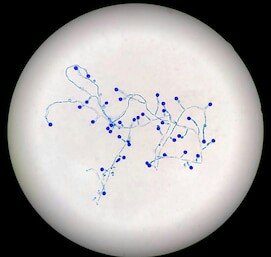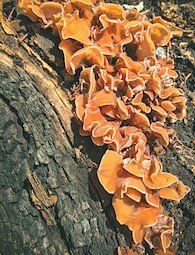A CHIEF EUKARYOTE IN THE MIRE
INTRODUCTION
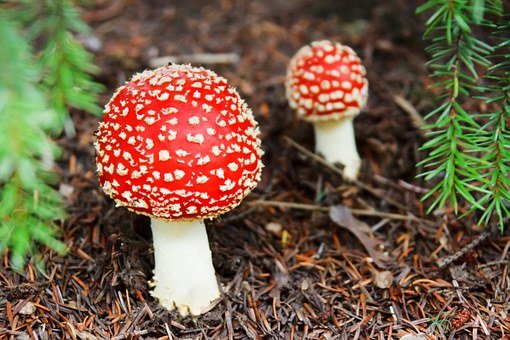
https://pixabay.com/en/fly-cap-colorful-danger-fall-forest-fung-21685/
Copyright free
We are quite aware of the pathogenic nature of fungi but irrespective of this fact fungi play an important role in our society that is why I call it a chief eukaryote.
Fungi is as old as human dated back from the origin of creature when God says in the book of Genesis chapter 1 verse 11 and 12.
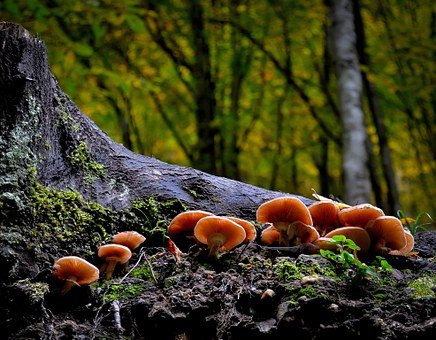
https://pixabay.com/en/mushroom-wild-nature-forest-food-natural-411729/
copyright free
Let the earth bring forth grass, the herb yielding seed, and the fruit tree yielding fruit after his kind, whose seed is in itself, upon the earth: and it was so.
12 And the earth brought forth grass, and herb yielding seed after his kind, and the tree yielding fruit, whose seed was in itself, after his kind: and God saw that it was good.
But scientist are of the fact that fungi appeared to have been genetically diverged around one billion years ago (around the start of the neoproterozoic era).
Fungi are eukaryotes which means they are organisms that have a nucleus enclosed within membranes in their cells.
Eukaryotes is a Greek word meaning well or true nut or kernel.
They are also heterotrophic meaning that they don't injest food like animals do and can't produce their own food like plants do. They cannot receive energy from the sun because they lack the chlorophyll found in plants but it provides plant with important nutrients that is extracted and moved from the soil which would have been unavailable to the plant.
Fungi are obviously different from other living species Including animals by their basic modes of vegetative growth and nutrient intake.
Fungi can reproduce both sexually and asexually and they associate symbiotically with plants and bacteria.
The study of fungi is called MYCOLOGY
In it singular term it is called FUNGUS.
Their manner of growth is from the tips of filaments also known as hyphae which sum up the total part of the bodies of the organisms called mycelia and they externally digest organic matter before they absorb it in their mycelia.
They can easily absorb nutrients that has simple molecules like sugars but find it harder to absorb complex molecules such as proteins but they can make use of different enzymes (these are chemicals that simplify the molecules and also help to dissolve it) so that it becomes easier for them to absorb.
Fungi are also in a different kingdom from bacteria, plants and some protists due to the presence of chitin (which can be compared to keratin is one of the primary component of cell walls in fungi.
Most times fungi are not clearly visible by the eye because of the small size of their structures and their crptic ways in soil or dead matter but they become noticeable when fruiting either as a mushroom or molds.
Fungi possess a biosynthetic channel for manufacturing terpenes that uses mevalonic acid and pyrophosphate in form of chemical building blocks.
Fungi are limited by the fact that they lack an ideal system for the long distance transport of water and nutrients.
These systems are xylem and phloem found in many plants.
Fungi are everywhere in the sense that they grow in a broad range of habitats including high temperature environment like deserts, high salt concentrated or ionizing radiation environment and also in deep sea debris.
Let's take a look at the classes of fungi
CLASSES OF FUNGI
It was found that around 120,000 species of fungi was mentioned by taxonomists. Some of these fungi can be classified in terms of their morphological characteristics, such as the shape and size of their spores or fruiting structures, biochemical and physiological characteristics such as their ability to metabolise certain biochemicals or their response to chemical tests and biological characteristics such as their ability to mate. Some fungi are unicellular (single celled) while others are multicellular. Multicellular fungi have numerous hyphae which are known as branching filaments.
There are five classes (or phyla) of fungi
These are:-
Chytridiomycota
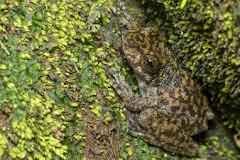
https://www.shutterstock.com/search/chytrid&hl=en-NG
Copyright free
Chytridiomycosis infection on frog
Organisms found in this class are called chytrids. They are aquatic and microscopic in nature. They are asexual and produce spores which uses a flagella to move around.
Zygomycota

https://pixabay.com/en/yoke-mushrooms-zygomycota-on-paprika-262035/
Copyright free
Yoke mushroom zygomycota
Rhizopus stolinifer also known as bread is a typical example of a zygomycetes. They are terrestrial and feed on plant detritus or decaying animal material. They also reproduce asexually through their spores.
Glomeromycota
https://www.shutterstock.com/image-photo/blastospore-asexual-fungal-spore-produced-by-1028464195?src=hi9JnMDU-3llWxKhqupFzg-1-0
Copyright free
They are mostly found in plants because they form Mycorrhizae with plants. Almost 80-90 percent of all plants 5growing on land develop mycorrhizae with glocomycetes. They obtain sugars from the plant and help to dissolve minerals in the soil to make nutrients available for the plant. They also reproduce asexually.
Ascomycetes
https://www.shutterstock.com/image-photo/closeup-orange-peel-fungus-aleuria-aurantia-1143057698?src=ePFIjyHq1kwug-Gq8t3BSw-3-41
Copyright free
They are pathogens of plants and animals also including humans. They produce sexual spores that are sexual and they also reproduce asexually.
Basidiomycota
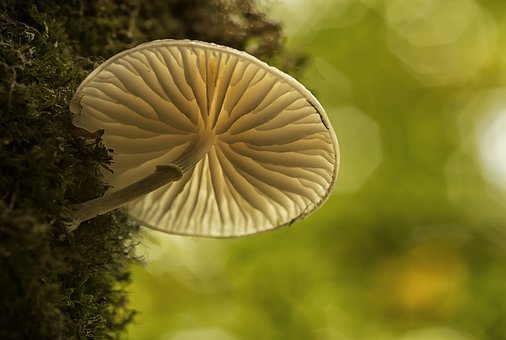
https://pixabay.com/en/mushroom-forest-fungi-autumn-soil-2898004/
Copyright free
They are like ascomycetes and can also be called "club fungi" because they are usually shaped as a club. An example of these are mushrooms. They also produce sexually.
THE IMPORTANCE OF FUNGI
fungi are very important and useful to man. It significance rose when Scottish bacteriologist Alexander Fleming in 1928 discovered that the presence of a green mold (penicillium notatum) growing in a culture dish of staphylococcus bacteria.
He noticed that around the spot of mold there was a visible ring that bacteria did not grow in.
He successfully separated the substance from the mold that limit the growth of bacteria through this he published a scientific written details announcing the invent of penicillin which was the first series of antibiotics which have helped to revolutionized medical practice.
Fungi are used medically for the creation of drugs examples are:-
Claviceps Purpurea commonly known as Ergot. It is a source of numerous chemicals used in drugs that control labour on pregnant women and also haemorrhage after child birth.
Species of fungi that contains extracted chemicals and used to manufacture drugs known as statins, which regulate cholesterol levels and prevent coronary heart disease.
Fungi are also useful in industries and household. It usefulness was dated as far back when the first loaf if leavened bread was baked and the first cup of grapes was turned to wine.
Other importance of fungi are
They are responsible for the breaking down of certain organic matter and bringing out carbon, oxygen, nitrogen and phosphorous into the soil and the atmosphere.
They are important to industries and also household for producing wine, beer, bread and cheeses.
They are also used as food examples are some mushrooms, truffles and morels. Also mycoproteins (also known as fungal proteins) which are gotten from the mycelia of certain species of fungi are used to produce foods that are rich in protein.
They are also used for the manufacturing of large numbers of organic acids, enzymes and vitamins.
CONCLUSION
Fungi has both good and bad effect. However, it is very useful medically and industrially. Without this organism a lot of production will be halted.
Mushroom which is a typical example of Basidiomycete is a good source of protein, fiber, calcium, vitamin c, vitamin B (Niacin in particular), minerals, selenium. They also contains antioxidants and other compounds that possess anti-inflammatory properties which promotes healing and fights inflammation. Fungi has numerous uses that's why it is called the chief eukaryote.
REFERENCES
http://www.ucmp.Berkeley.edu, Fungi-life history and ecology.
Baker N., The new under experience Naturalist (2004)
Phillips R., Mushrooms and other Fungi of Great Britain and Europe (1981)
http://www.wikipedia.org, Fungus
Adl S., A. Simpson, M. Farmer, R. Andersen, O. Anderson, J. Barta., The modern higher level classification of eukaryotes with emphasis on the taxonomy of protists. J, et al (2003)
Boerjan W., Ralph and M. Baucher. Yearly review of plant biology (2003)
Deacon J. Fungal biology fourth edition (2006)
http://www.Britannica.com, characteristics of Fungus.
